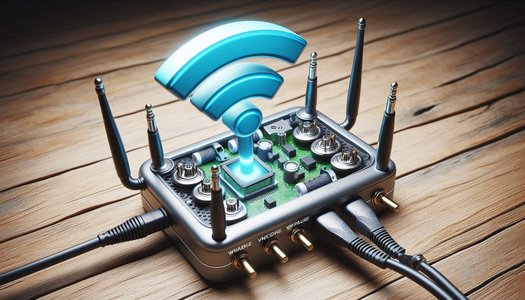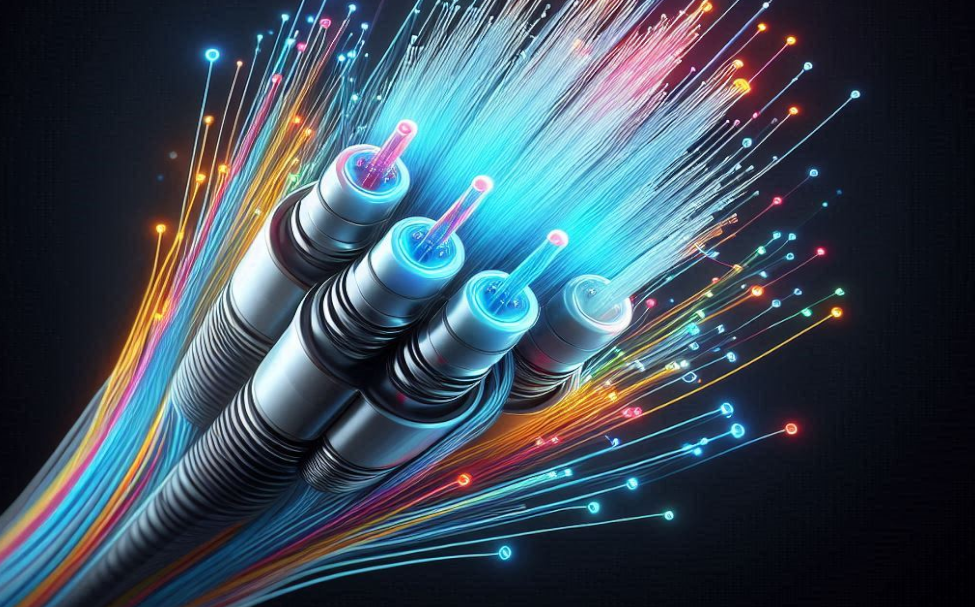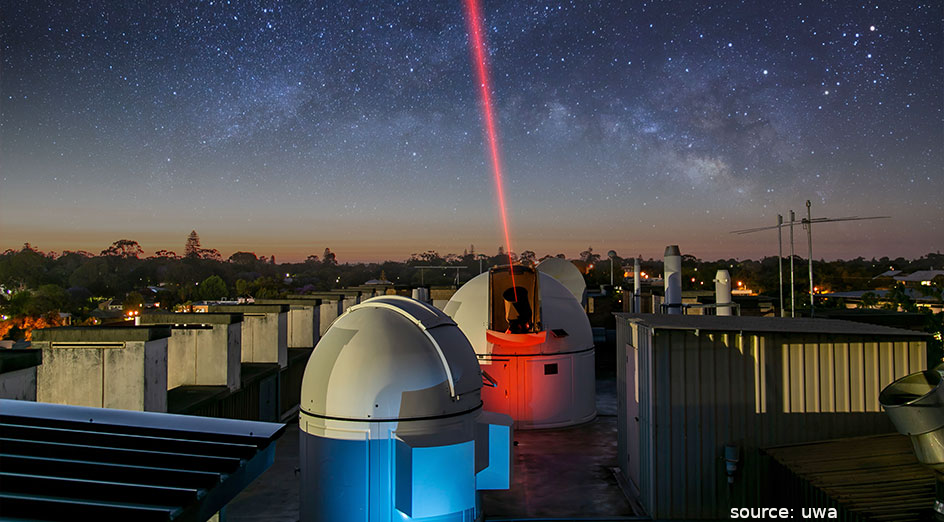Radio signals are everywhere, penetrating our surroundings from various sources, including Wi-Fi, Bluetooth, mobile phone networks, and satellite internet services like Starlink. These electromagnetic waves can be harnessed to generate electricity, much like solar panels harness sunlight and convert it into electrical energy.
Traditional methods of converting radio waves into electricity rely on rectifiers made of semiconductor-based diodes, are limited by their inefficiency in capturing weak signals. To address this challenge, researchers at the National University of Singapore have developed a groundbreaking solution: the spin rectifier.
Leveraging quantum physics, the spin rectifier excels at capturing low-power radio signals (less than -20 dBm). By manipulating electron spin within a carefully engineered material, it generates a direct electric current. This innovative device employs an array of rectifiers and specialized materials to align electron spin in response to incoming radio signals, thereby producing a steady electrical current.
Proof-of-concept tests have successfully demonstrated the spin rectifier’s capability to power an LED and a temperature sensor using readily available Wi-Fi signals.
This groundbreaking technology offers immense potential for revolutionizing the power supply of small electronic devices and IoT sensors, extending battery life, and reducing dependence on traditional power sources.
Ongoing research is focused on refining the spin rectifier’s design to boost efficiency and expand its applications.









